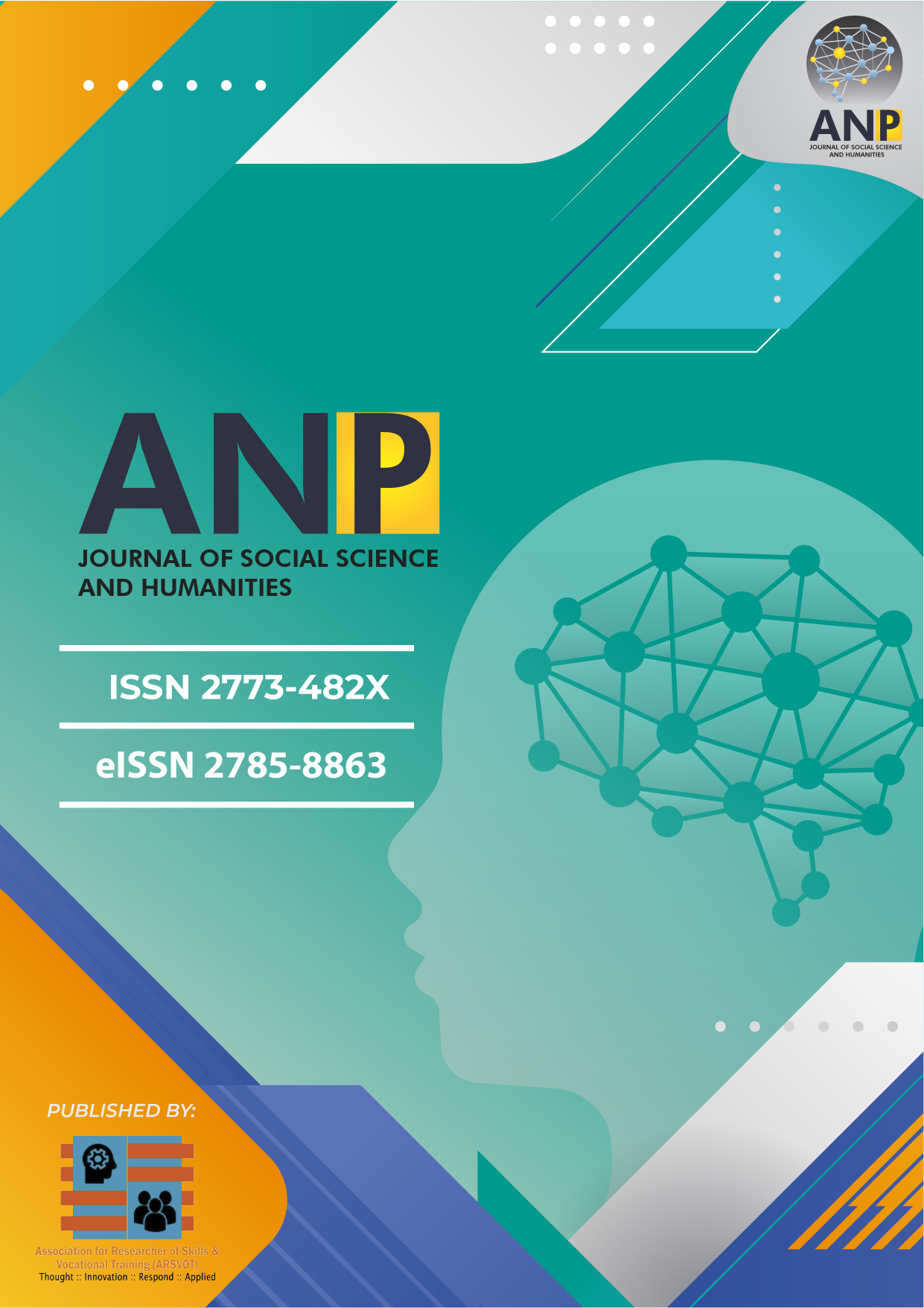A Comparative Study between IPv4 and IPv6
DOI:
https://doi.org/10.53797/anpjssh.v2i1.9.2021Keywords:
Protocol, IPv4, IPv6Abstract
The transition between the Internet Protocol Version 4 (IPv4) and Internet Protocol Version 6 (IPv6) will be a long process during both protocol coexists and it unreasonable to expect that many millions of IPv4 nodes will be converted overnight. Mobility is becoming ubiquitous nowadays. This paper has described about a background study of IPv4 and IPv6, the needs of IPv6, transition mechanisms in the various architectures, and comparison of the IPv4 and IPv6 in two major areas; header format and transition mechanism. Then, the transformation of IPv4 to IPv6 addressing by using tunnel and dual stack protocol will be discussed.
Downloads
References
Ashraf, S., Muhammad, D., & Aslam, Z. (2020). Analyzing Challenging aspects of IPv6 Over IPv4. Jurnal Ilmiah Teknik Elektro Komputer dan Informatika (JITEKI), 54-67.
Coonjah, I., Catherine, P., & Soyjaudah, K. (2015). 6to4 tunneling framework using OpenSSH. 2015 International Conference on Computing, Communication and Security (ICCCS).
El Khadiri, K., Labouidya, O., Alkamoun, N., & Hilal, R. (2018). Performance Analysis of Video Conferencing Over Various IPv4/IPv6 Transition Mechanisms. International Journal of Computer Science and Network Security, 83-89.
Enache, D., & Alexandru, M. (2016). A Study of Technology Transition From IPv4 To IPv6 For An ISP. Review of The Air Force Academy, 117-122.
Fawad, M., Ullah, S. I., Noureen, H., Khan, A. W., & Khitab, Z. (2016). Performance Analysis of VoIP over IPV4, IPv6 and 6-to-4 Tunnelling Networks. International Journal of Computer Science and Information Security,Vol.14,No6, June 2016, 381-385.
Hossain, M. A., Podder, D., Jahan, S., & Hussain, M. (2016). Performance Analysis Of Three Transition Mechanisms Between IPv6 Network and IPv4 Network: Dual Stack, Tunneling and Translation. International Journal of Computer (IJC) (pp. 217-228). Global Society of Scientific Research and Researchers.
Isa, A., & Abdulmumin, I. (2017). Design and Comparison Migration Between IPv4 and IPv6 Transition Techniques. Proceedingof the 3rd YUMSCIC Nov. (pp. 179-189). Yusuf Maitama Sule University, Kano.
Khannah, B., & Alsa'deh, A. (2017). Impact of IPv4/IPv6 Transition Techniques on Applications Performance. International Conference on Electronics, Information, and communication (ICEIC) 2017, 374-381.
Meena, R., & Bundele, M. (2015). A Review on Implementation Issues in IPv6 Network Technology. International Journal of Engineering Research and General Science Volume 3, Issue 6, 800-809.
Poussy, A., & Abdelbaki, N. (2014). Convergence Study of IPv6 tunneling techniques. 10th International Conference on Communications (COMM), 1-6.
Quintero, A., Sans, F., & Gamess, E. (2016). Performance Evaluation of IPv4/IPv6 Transition Mechanisms. I.J Computer Network and Information Security (pp. 1-14). Modern Education and Computer Science.
Raad Al-ani, D., & Raad Al-Ani, A. (2018). The Performance of IPv4 and IPv6 in Terms of Routing Protocols using GNS 3 Simulator. The 8th International Symposium on Frontiers in Ambient and Mobile Systems (FAMS2018) (pp. 1051-1056). Procedia Computer Science 130 (2018).
Tayal, D., Gupta, D., Goyal, M., Goyal, D., & Gupta, D. (2017). A Review paper on Implementation Issues in IPv6 Network Technology. International Journal of Electronics Engineering Research, 491-498.
Downloads
Published
How to Cite
Issue
Section
License
Copyright (c) 2021 Zunainah Hamid, Sharipah Daud, Intan Shafinaz Abd. Razak, Nurzurawani Abd. Razak

This work is licensed under a Creative Commons Attribution-NonCommercial-ShareAlike 4.0 International License.




